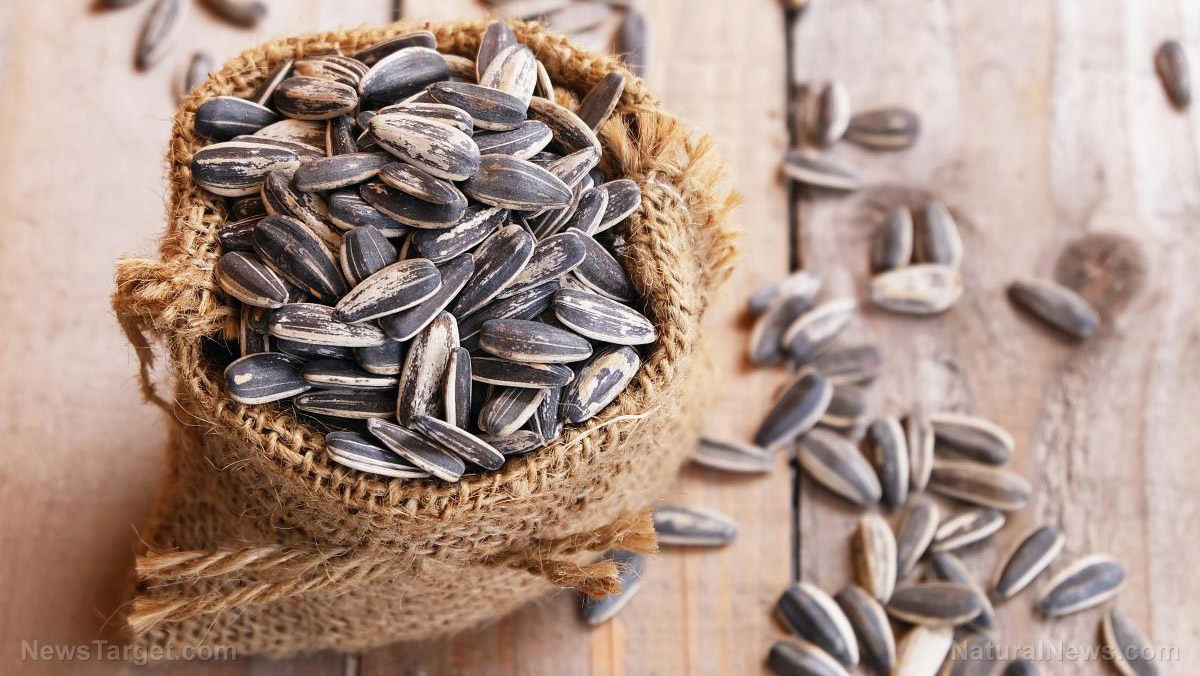Cancer rates to explode as global herbicide market projected to reach $34 billion by 2022
06/05/2017 / By Earl Garcia

The global herbicide market is poised to grow exponentially in 2022, which in turn may further drive up the already high cancer rates around the world. Data from the recent Research and Markets report showed that global herbicide market was valued at $23.97 billion in 2016 and is projected to grow to $34.10 billion by 2022. According to the report, the industry is set to have a compound annual growth rate of 6.05 percent during the six-year period. The researchers also noted that the steady transition from selective herbicide to non-selective herbicide use will be a primary trend during these years. The report also revealed bio-herbicide use is expected to show the biggest gains during the forecast period at a CAGR of 23.5 percent, while the glyphosate segment is expected to increase at a CAGR of 5.69 percent.
The report also showed that Latin America and Asia-Pacific regions were the leading herbicide consumers in 2016, accounting for more than 50 percent of the total market share in the previous year. According to the report, Asia Pacific is slated to be the fastest growing herbicide market. The report also noted that the increasing demand from end applications and the booming agriculture industry in both Latin America and Asia Pacific regions will spur greater demands for glyphosate-containing herbicides. According to the report, countries like China, Japan and the U.S. were among the top users of pesticides around the world.
Greater pesticide demand may drive up cancer rates worldwide
The recent report on greater herbicide demand may coincide with higher cancer rates worldwide, as toxic chemicals used in manufacturing most pesticides were found to increase the risk of developing certain types of cancers. According to the World Health Organization (WHO), cancer remains to be among the top causes of morbidity and mortality around the world. In fact, about 14 million cancer cases were reported in 2012 alone. The organization also projected that the number of new cancer cases may grow about 70 percent within the next 20 years.
The WHO also noted that cancer is the second leading cause of death worldwide. The disease was accounted for 8.8. million global deaths in 2015 alone. According to the organization, one in six deaths that occur around the world may be tied to cancer. The organization also stressed that 70 percent of cancer-related deaths occur in low- and middle-income countries.
The nonprofit Pesticide Action Network has greatly implicated pesticides in the prevalence of cancer across the U.S. According to the organization, chemicals used in the production of these pesticides may trigger the onset of cancer by disrupting certain hormones, damaging DNA and influencing genetic functions. An analysis published in 2015 revealed that residential exposure to these chemicals may raise the odds of developing childhood leukemia or lymphoma.
As part of the study, a team of researchers from the Harvard T.H. Chan School of Public Health and the Department of Environmental Health pooled data from 16 studies and found that children who were exposed to these toxic chemicals were at an increased risk of childhood cancers such as leukemia, acute leukemia and lymphoma. The research team also found that the risk of cancer increased simultaneously with the frequency of insecticide use.
“Results from this meta-analysis indicated that children exposed to indoor insecticides would have a higher risk of childhood hematopoietic cancers. Additional research is needed to confirm the association between residential indoor pesticide exposures and childhood cancers. Meanwhile, preventive measures should be considered to reduce children’s exposure to pesticides at home,” the researchers wrote in Pediatrics.
Another study published in Nature showed that RoundUp, a widely used, glyphosate-based herbicide manufactured by Monsanto, was associated with an increased risk of cancer. The WHO’s International Agency for Research has previously deemed glyphosate as potentially carcinogenic to humans.
Sources include:




















